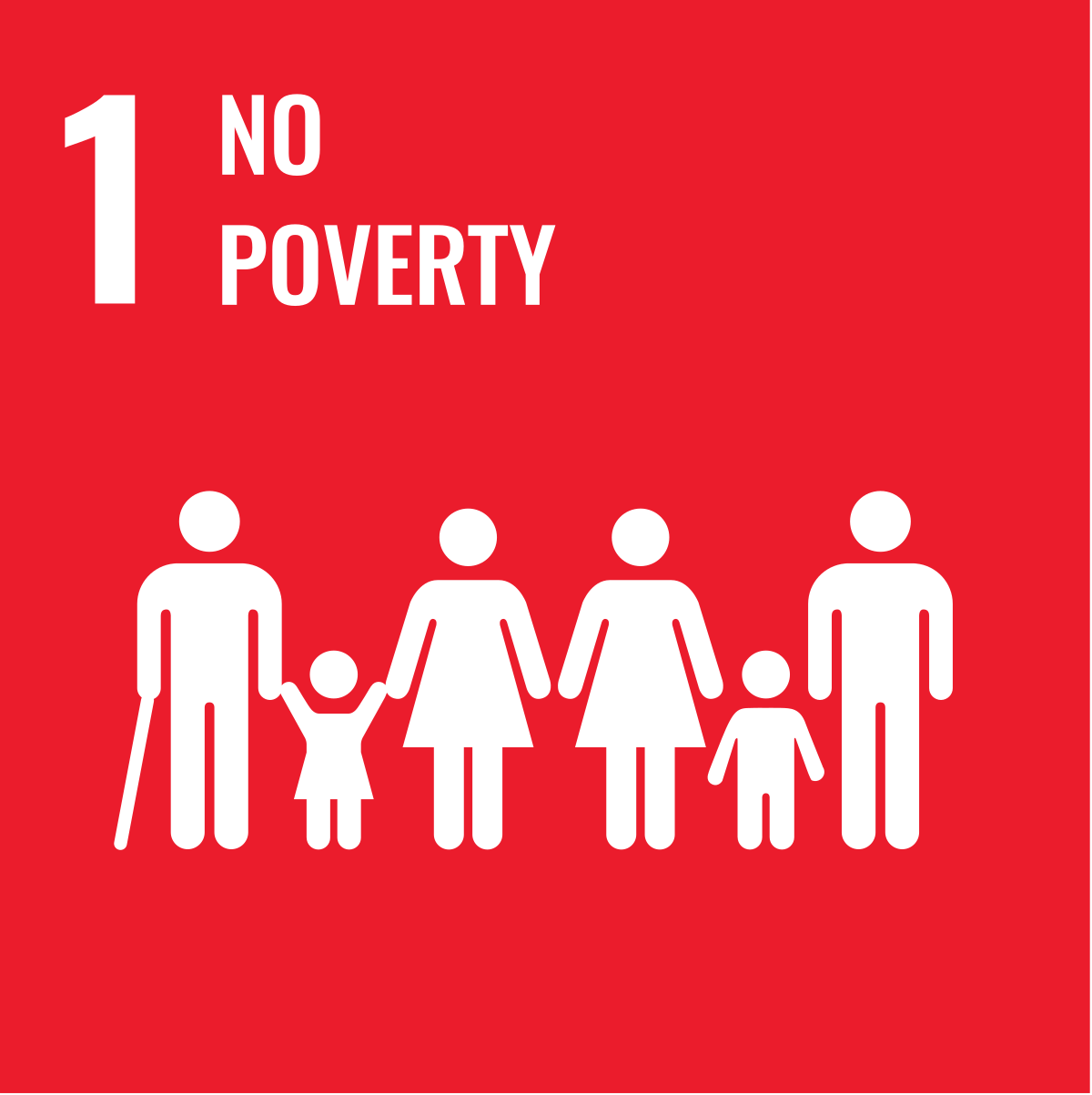The Sustainable Development Goals (SDGs), adopted by the United Nations in 2015, provide a comprehensive blueprint for achieving a more just, equitable, and sustainable world by 2030. At the very heart of this ambitious agenda lies SDG 1: End poverty in all its forms everywhere. This goal isn't just the first on the list; it's the foundational pillar upon which the success of all other SDGs rests. Without eradicating poverty, achieving progress in areas like health, education, gender equality, and environmental sustainability becomes significantly more challenging, if not impossible.
Poverty is a multifaceted issue that extends far beyond a lack of income. It encompasses deprivation in various dimensions, including health, education, access to basic services, security, and political voice. SDG 1 recognizes this complexity and sets ambitious targets to address it comprehensively. These targets include eradicating extreme poverty (defined as living on less than $1.25 a day), reducing at least by half the proportion of men, women, and children of all ages living in poverty in all its dimensions according to national definitions, and implementing social protection systems for all.
The urgency of achieving SDG 1 cannot be overstated. Poverty perpetuates cycles of disadvantage, limiting opportunities and hindering human potential. It fuels social unrest, contributes to environmental degradation as people are forced to exploit resources for survival, and undermines global stability. Ending poverty is not just a moral imperative; it's an economic and social necessity for building a more prosperous and peaceful world.
Significant progress has been made in reducing global poverty over the past few decades. However, these gains have been uneven, and the COVID-19 pandemic has presented a major setback, pushing millions back into poverty. Conflicts, climate change, and economic inequalities continue to pose significant challenges. Achieving SDG 1 requires a concerted and collaborative effort from all stakeholders – governments, international organizations, civil society, the private sector, and individuals.
Strategies to achieve SDG 1 are diverse and interconnected. They include fostering inclusive economic growth that creates decent jobs and opportunities for all, strengthening social protection systems to provide safety nets for the vulnerable, empowering marginalized communities, promoting access to education and healthcare, addressing inequalities, and building resilience to economic, social, and environmental shocks. Furthermore, international cooperation plays a crucial role in supporting developing countries through financial assistance, technology transfer, and capacity building.
As we work towards the 2030 deadline, a renewed focus and accelerated action are essential to achieve SDG 1. This requires innovative solutions, stronger partnerships, and a commitment to leaving no one behind. By prioritizing the eradication of poverty in all its forms, we lay the groundwork for a more sustainable, equitable, and prosperous future for all. Achieving SDG 1 is not just about lifting people above a poverty line; it's about unlocking human potential and building a world where everyone has the opportunity to thrive.

